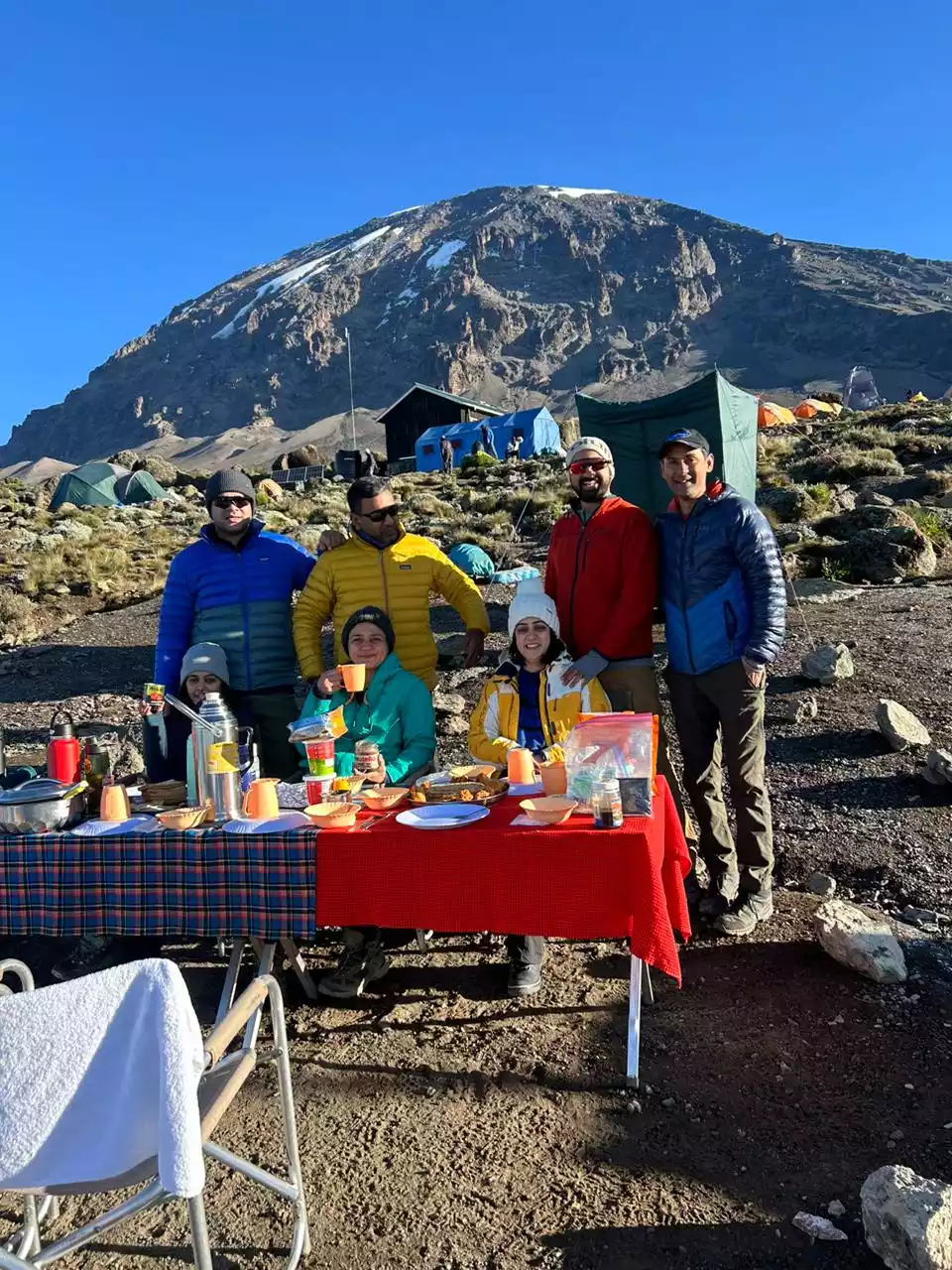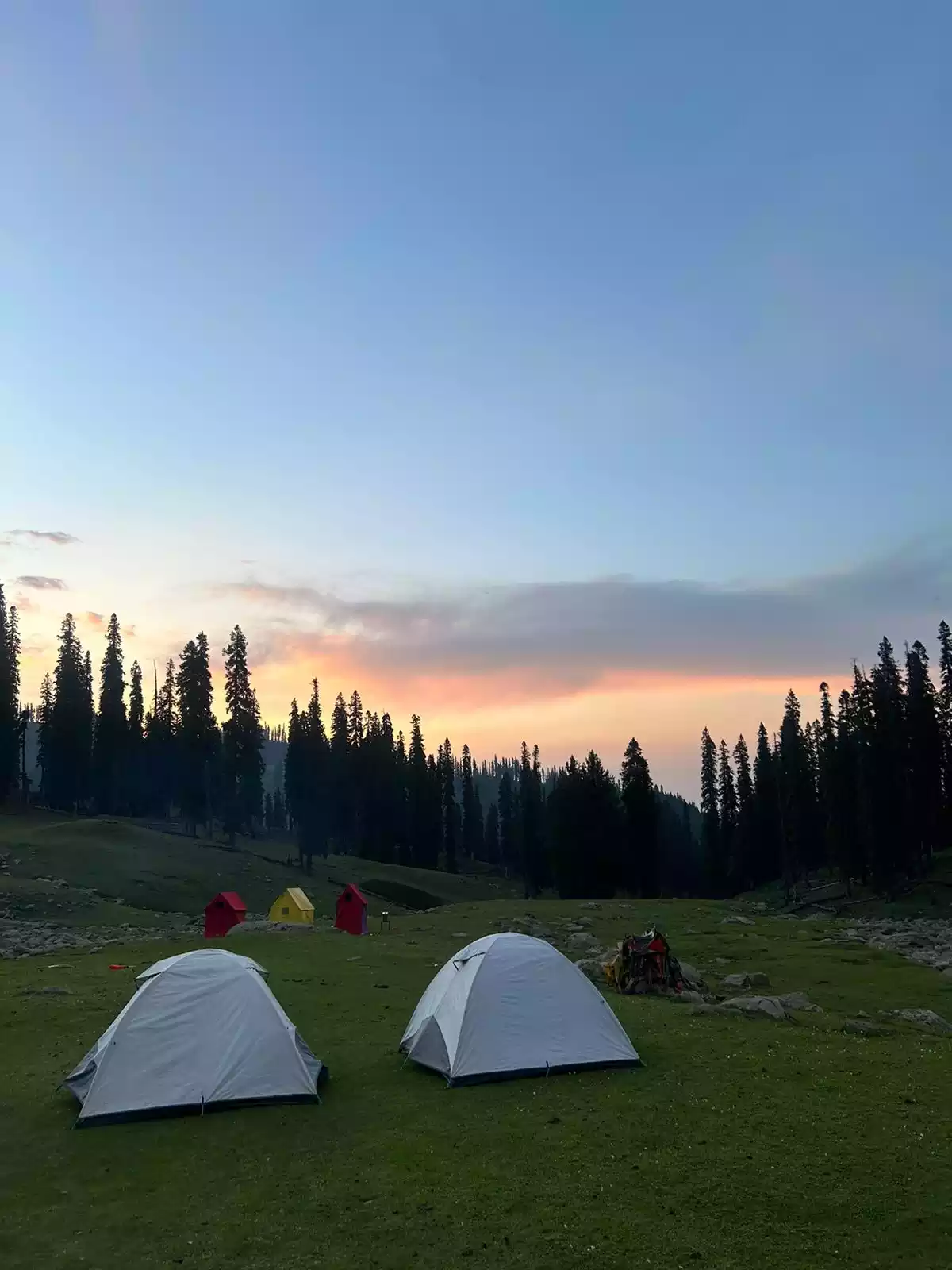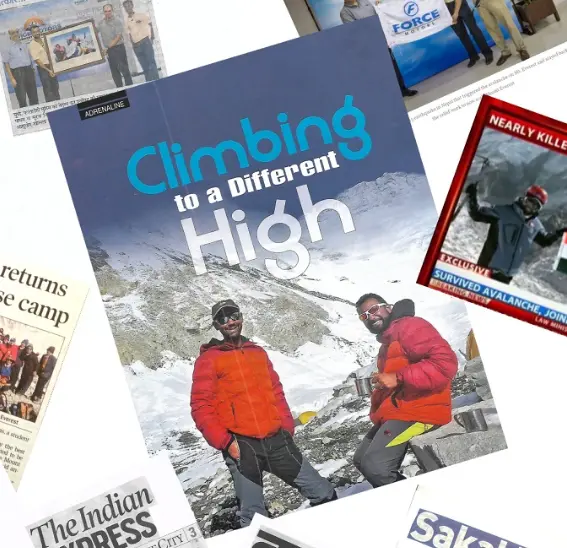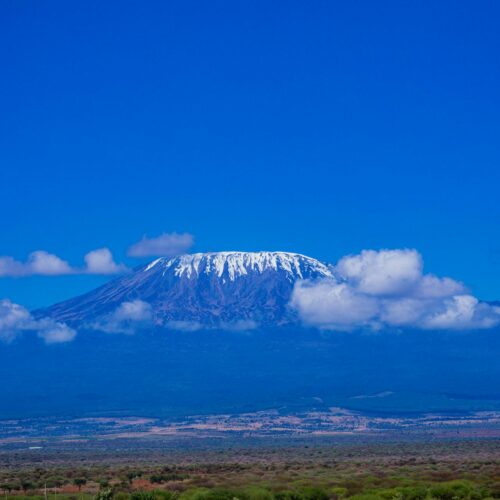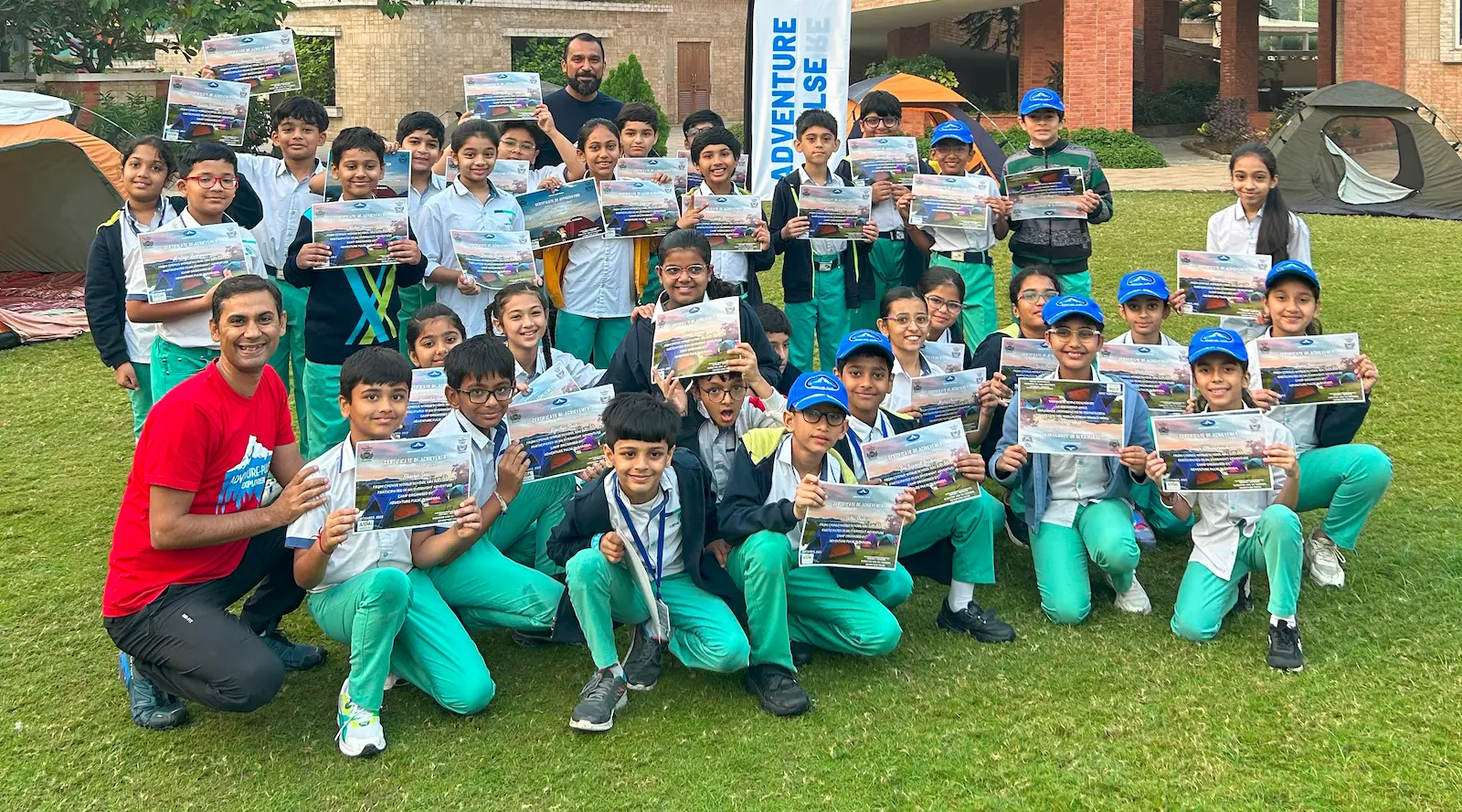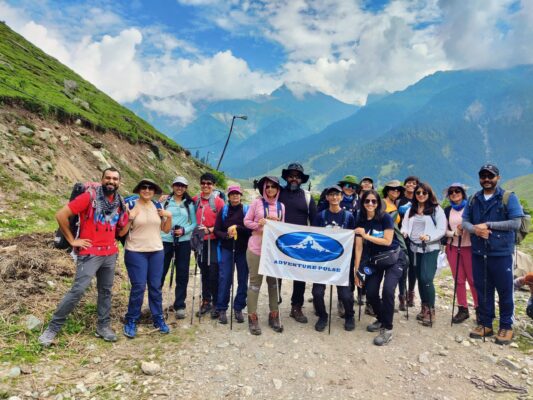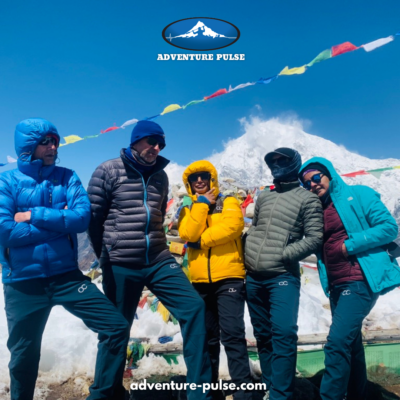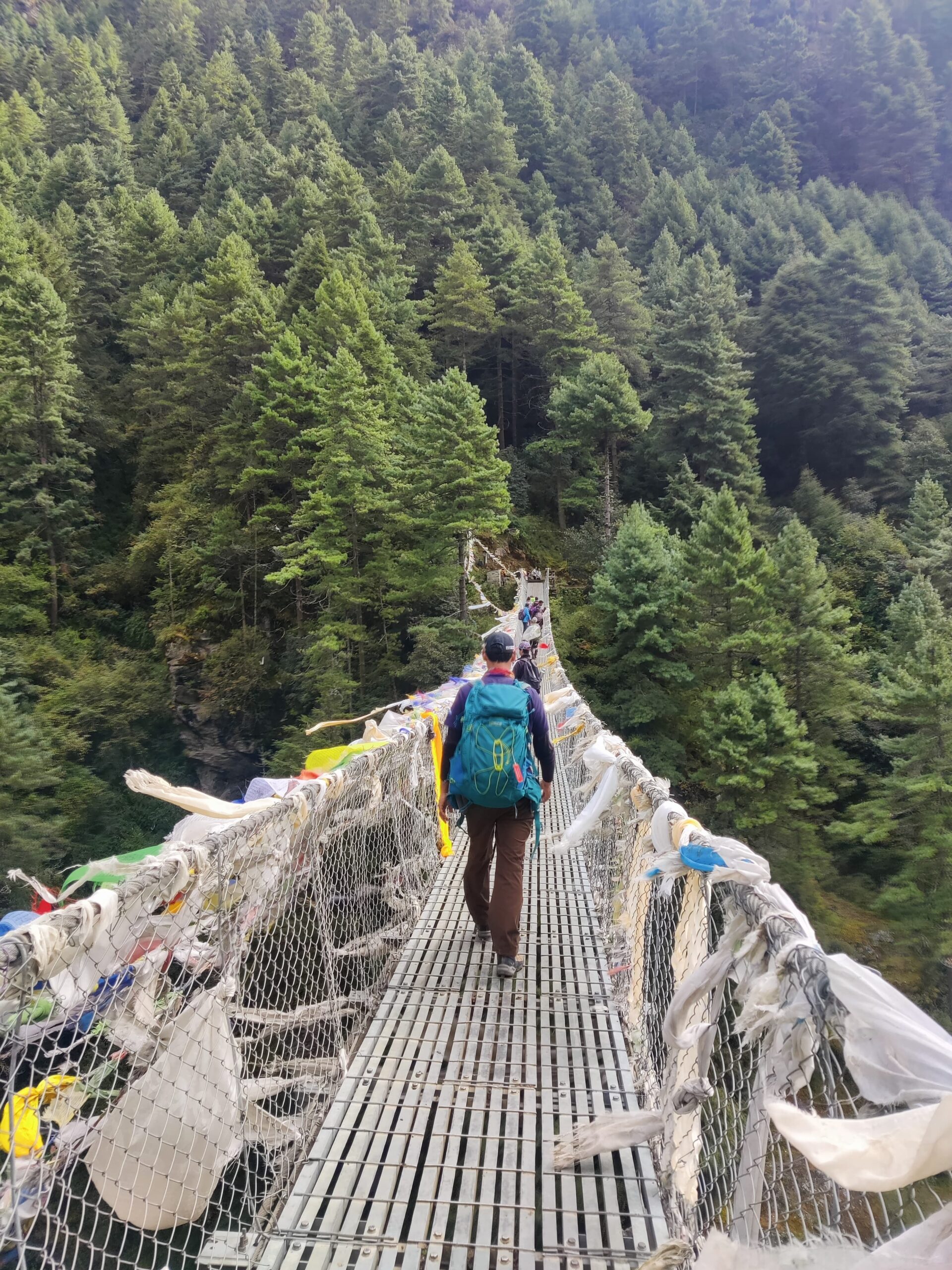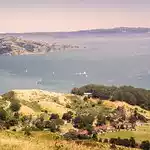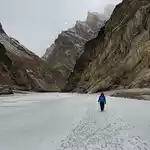Established in 2010
Brief Itinerary
- Day 1 - Arrival in Kathmandu
- Day 2 - Sightseeing in Kathmandu with team briefing and gear checks.
- Day 3 - Fly to Lukla and trek to Phakding
- Day 4 - Trek to Namche Bazaar (3,440m), 5hrs
- Day 5 - Namche Bazar - Rest and Acclimatization - Hike to Khumjung (3900m).Trek to Phortse (3,950m), 5-6hrs
- Day 6 - Trek to Tengboche / Dibuche (3870m).
- Day 7 - Trek to Dingboche (4252m).
- Day 8 - Dingboche – acclimatization – Hike to Nangakarshang (5010m).
- Day 9 - Trek to Lobuche (4930m).
- Day 10 - Trek to Everest Base Camp (5360) and stay at Gorakshep
- Day 11 - Trek to Kalapathar (5545m) and stay at Pheriche (4200m).
- Day 12 - Rest at Pheriche
- Day 13 - Move to Ama Dablam Base Camp
- Day 14 to 20 - Ama Dablam Climbing Rotations
- Day 21 - Ama Dablam Summit Bid
- Day 22 - Buffer Day (in case of bad weather)
- Day 23 - Leave Ama Dablam Base Camp to Namche Bazaar
- Day 24 - Descend to Lukla
- Day 25 - Fly back to Kathmandu
- Day 26 - Depart from Kathmandu
Inclusions & Exclusions
Trip Cost Includes:
- Airport pick up and drop
- 3-star hotel accommodation in Kathmandu - 3 nights - twin share basis in Bed and breakfast plan
- Flight fare from Kathmandu - Lukla - Kathmandu for members
- Flight fare from Kathmandu - Lukla - Kathmandu for guides
- Domestic airport departure taxes
- Full board tea house trekking cost with breakfast, lunch, dinner & accommodation
- Guide & Porter salaries
- Trekking/Climbing Permit
- Sagarmatha National Park Permit
- First Aid
- Insurance for Nepali Staff
Trip Cost DOES NOT Include:
- Lunch and dinner in Kathmandu (Meals in Kathmandu, except welcome and farewell dinner)
- Beverages and alcoholic drinks
- Emergency medical evacuation
- Tips for staffs (mandatory)
- Personal expenses and extra services beyond the itinerary
- Beverages and alcoholic drinks on trek
- Personal climbing equipment
- Personal medical and evacuation insurance
- All other additional charges for additional services
- International Flights
- Any other personal expenses not listed here.
Things to carry
Download as PDFAma Dablam is often climbed as a precursor to attempting Mt. Everest and/or one of the other fourteen 8000 metre peaks. To summit requires technical climbing equipment. Adventure-Pulse can help you procure the necessary equipment:
Apparel
-
Thermal Inners - At least 1 pair (Top & Bottom)
-
6-8 T-shirts or long-sleeve t-shirts (dryfit is preferred over cotton)
-
2-3 pairs of trekking pants (no jeans please)
-
1 Sweater/Sweatshirt
-
1 Fleece Jacket
-
1 Down Jacket
-
1 Shell Jacket/Waterproof Layer like raincoat/wind-cheater or poncho
-
1 pair of hiking boots
-
1 pair of comfortable sandals/floaters/sneakers
-
6-8 pairs of cotton socks (for the day)
-
2 pairs of thick/woollen socks (for the nights)
-
Gloves - liner and outer
-
Sun Cap/Hat
-
Woollen Cap
-
Buff/Neck Gaiter
Technical Climbing Equipment
-
Waterproof Jacket & Pants
-
Insulated/Down Jacket
-
3 pairs of thick mountaineering socks
-
Mountaineering Boots
-
Thick Thermals (1 pair)
-
2 Synthetic Undergarments
-
Thick Mountaineering mittens or gloves
-
Head torch with extra batteries
-
Snow Gaiters
-
Climbing Helmet
-
Ice Axe
-
Crampons
-
Ski Goggles
-
Mountaineering Harness
-
Jumar or Ascender
-
4 Locking Carabiners
-
Dyneema Sling/Daisy Chain/6 metres of cord (8mm)
-
Belay Device such as figure-8 descender, ATC or Gri-Gri
-
2 Non-locking carabiners
-
5mm cord for Prusik Knot (safety backup while climbing)
-
Pee Bottle
Accessories
- Duffel Bag/Rucksack (60L+)
- Daypack/Backpack (20-30L capacity)
- Sleeping Bag (can be bought or rented in Kathmandu)
- 2x 1L Bottles (for drinking water)
- Lunchbox
- Torch + Batteries/Headlamp
- Knee/Ankle/Wrist Guards
- Trekking Poles
- Sunscreen (at least UPF 50+)
- Sunglasses
- Moisturiser
- Hand Sanitiser
- Personal Medical Kit
- Personal Toiletries Kit
- Trail Snacks
Fitness
Download as PDF- There are three main aspects of training to focus on – strength training, cardiovascular training, and trekking + trekking alternatives.
- Strength training involves training different muscle groups, so that they can become stronger. There are different exercises for each muscle group, and working them all out 2x-3x a week should be enough to help you get comfortable trekking.
- Legs / lower body - exercises like squats, glute bridges, step ups and leg presses with help you develop stronger muscles in the lower body.
Core - Exercises like planks, bicycle crunches and leg raises can help with core stability; Pilates is also a core-intensive type of workout that will help.
Upper body - Bodyweight exercises like push-ups, pull-ups and dips will help develop these muscles. You can also use resistance bands or light weights to develop them further.
- It’s vital to do plenty of cardio training before your trek, so that you can get the most out of your experience
- Running - This is the most recommended form of cardio activity, as it activates a lot of the same muscles as trekking. Being able to run 10km in 60 minutes will allow you to get the most out of your trek.
Cycling / Swimming - If you have knee issues, or don’t enjoy running, you can also opt for cycling and swimming. Being able to cycling 30-50km or swim for 30-40 minutes, thrice a week, should be good to help you with treks like EBC.
HIIT training / Crossfit - Another option to level up your cardio training is to opt for high intensity aerobic exercises like HIIT or Crossfit, 2-3 times a week
The aim is to get your heart rate up, so you do not get winded on long days of trekking
- Hiking
Try to get outdoors and go for a hike on the weekends! Uphill trails of 4-8 kilometres are will help you get used to trekking. Make it a point to carry a loaded backpack, and walk in your trekking shoes.
- Hiking Alternatives
Climbing stairs, and using the treadmill or stairmaster on an incline, will help prepare you for treks. Make it a point to carry a loaded backpack so that you can get used to the extra weight; and use your trekking boots, so that you can break them in and walk comfortably.
- If you’re confused with all this information, no need to worry! The most important thing with training is consistency, and staying injury-free. Your training week should ideally have:
Strength training: 3 sessions
Cardio training: 3 sessions
Hiking - 1 long session, best on the weekends
Rest and stretching - at least 1 day
FAQs
Featured Blog Posts
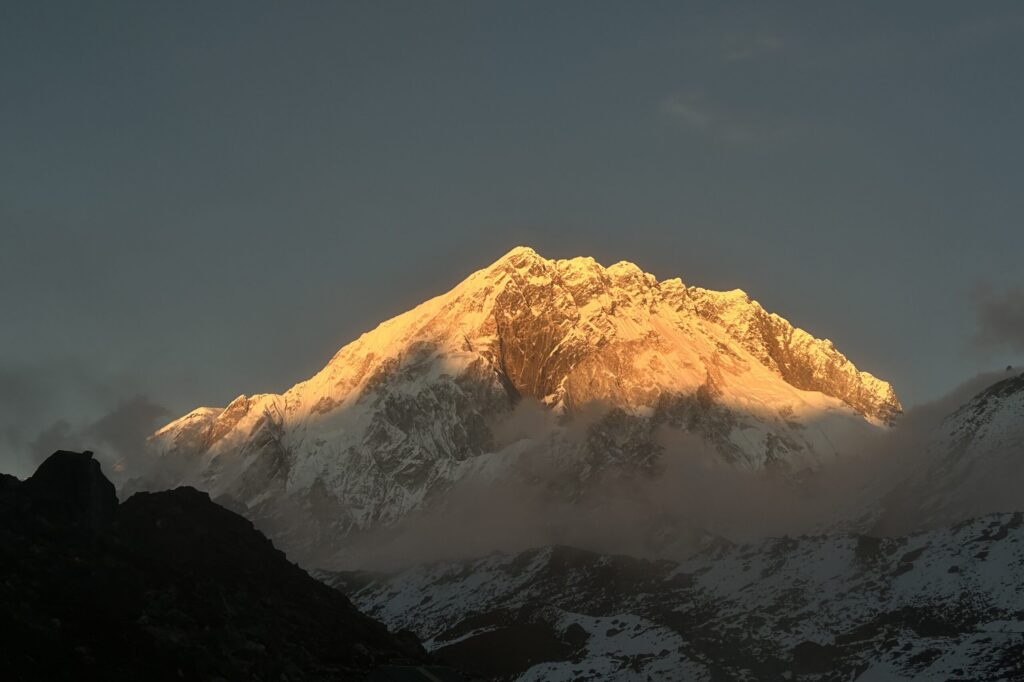 40 Amazing photos of the Everest Base Camp Trek - Everest Base Camp Trek: A Photographer’s Journey to the Himalayas Trekking to the Everest Base Camp in Nepal was one…
40 Amazing photos of the Everest Base Camp Trek - Everest Base Camp Trek: A Photographer’s Journey to the Himalayas Trekking to the Everest Base Camp in Nepal was one…

